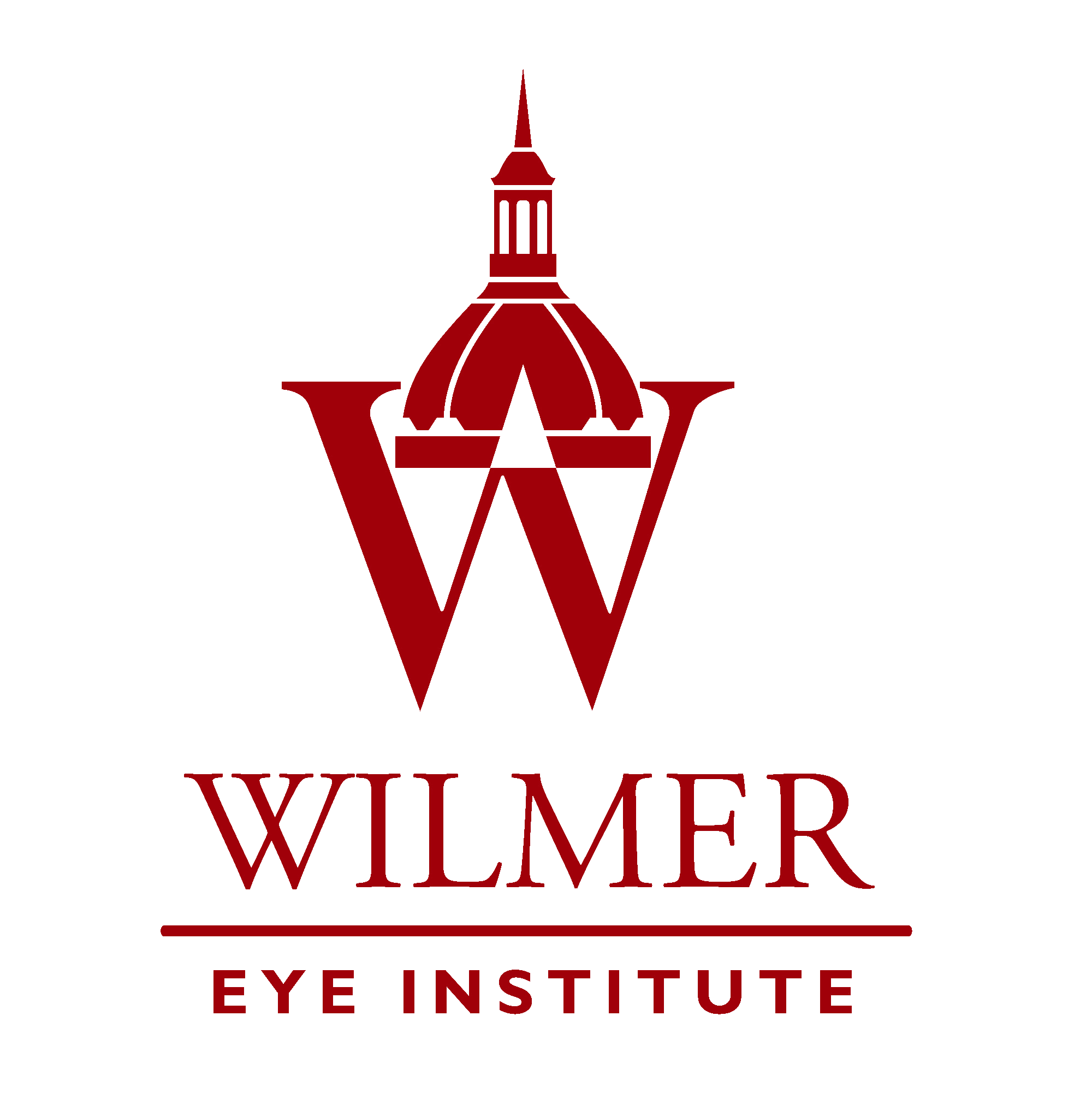
Wilmer Eye Institute marks 100 years: honoring the past, shaping the future

Key Takeaways
- Wilmer Eye Institute, founded in 1925, is a global leader in ophthalmology, known for pioneering treatments and technologies.
- The institute has trained generations of leaders, including Nobel laureates and American Academy of Ophthalmology presidents.
From Nobel laureates to AI-driven research, the Wilmer Eye Institute honors a century of transforming vision science and care.
The Wilmer Eye Institute at Johns Hopkins University School of Medicine in Baltimore, Maryland, has launched a yearlong centennial celebration, marking 100 years of pioneering contributions to ophthalmology. With approximately 1,000 faculty and staff members across 10 clinical locations, the institute remains a global leader in eye care, research, and education.1
Founded in 1925 by American ophthalmologist William Holland Wilmer, the institute was established on the Johns Hopkins University medical campus after a $3 million fundraising campaign led by a grateful former glaucoma patient. From its inception, the Wilmer Eye Institute began caring for patients immediately, laying the groundwork for a century of innovation.
Over the past 100 years, Wilmer Eye Institute has been responsible for numerous landmark achievements in ophthalmology. These include the development of the first oral glaucoma treatment and the creation of advanced laser technologies for conditions such as diabetic retinopathy and age-related macular degeneration. The institute also established the James P. Gills Jr, MD, and Heather Gills Artificial Intelligence Innovation Center and the Wilmer Genetic Eye Disease Center. The latter is a nationally pioneering model, recognized for its global collaboration and multidisciplinary excellence in managing genetic eye disorders.
Wilmer Eye Institute has trained generations of ophthalmology leaders, including Nobel laureates, American Academy of Ophthalmology presidents, and Lasker Award recipients.1
“Our founder envisioned an institute that would combine patient care, teaching and research under one roof,” said Peter J. McDonnell, MD, director of the Wilmer Eye Institute and co-chief medical editor of Ophthalmology Times. “That combination has resulted in a worldwide reputation for advancing knowledge of eye disease, setting the standard for caring for patients and training the future leaders of our field.”
“For a century, the world-class clinicians, scientists and educators of the Wilmer Eye Institute have been redefining how we understand and protect the gift of sight,” said Theodore DeWeese, MD, dean of the medical faculty and chief executive officer of Johns Hopkins Medicine. “As we celebrate 100 years of excellence, we also look forward to the next era of discovery, innovation and impact in ophthalmology.”
Research, training, and innovation remain central to Wilmer’s mission. The Institute continues to support its faculty through initiatives like the Rising Professorship Program, launched in 2020, which equips assistant professors with critical resources and mentorship. Wilmer Eye Institute also fosters faculty-led startups and the development of novel treatments and new research centers, cementing its role as a hub of medical entrepreneurship and discovery.
“This is a story of 100 years of excellence and the incredible possibilities that exist when passionate experts have the tools and support needed to care for people, advance scientific discovery and train future generations of providers,” said Kevin Sowers, MSN, RN, FAAN, president of Johns Hopkins Health System. “Wilmer Eye Institute’s enduring success demonstrates the power of academic medicine to meet current needs while ushering in advancements to benefit future generations.”
The centennial celebration began with a roaring 20s-themed employee appreciation event and the release of a
Reference
Wilmer Eye Institute celebrates 100 Years. News release. Johns Hopkins Medicine. June 23, 2025. Accessed June 24, 2025. https://www.hopkinsmedicine.org/news/newsroom/news-releases/2025/06/wilmer-eye-institute-celebrates-100-years
Newsletter
Don’t miss out—get Ophthalmology Times updates on the latest clinical advancements and expert interviews, straight to your inbox.
















































.png)


